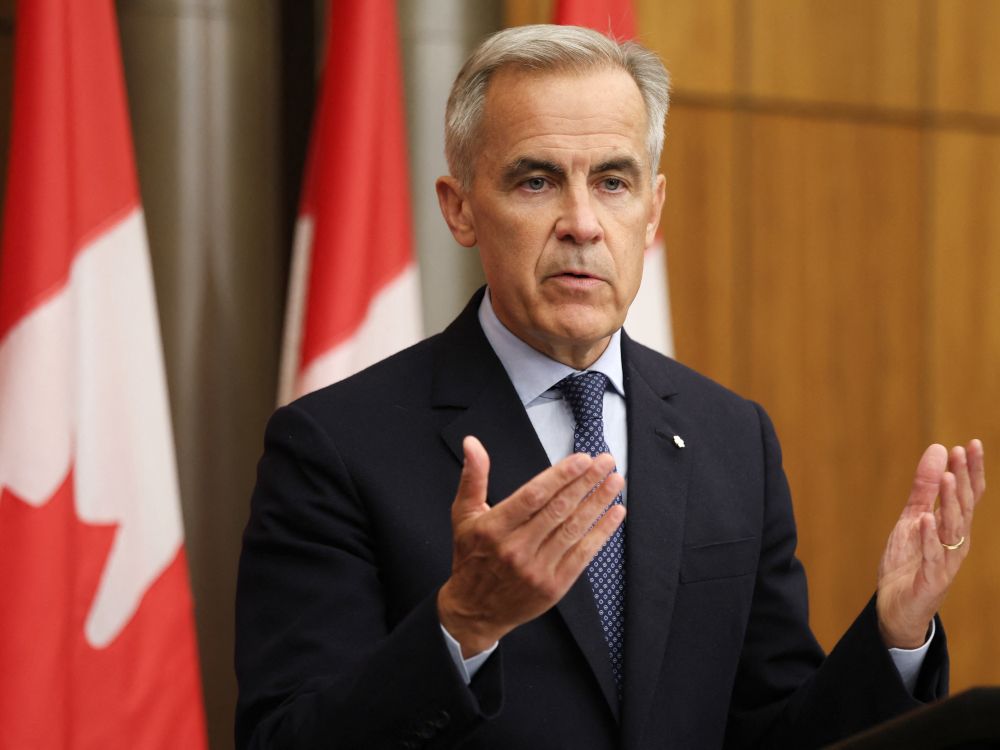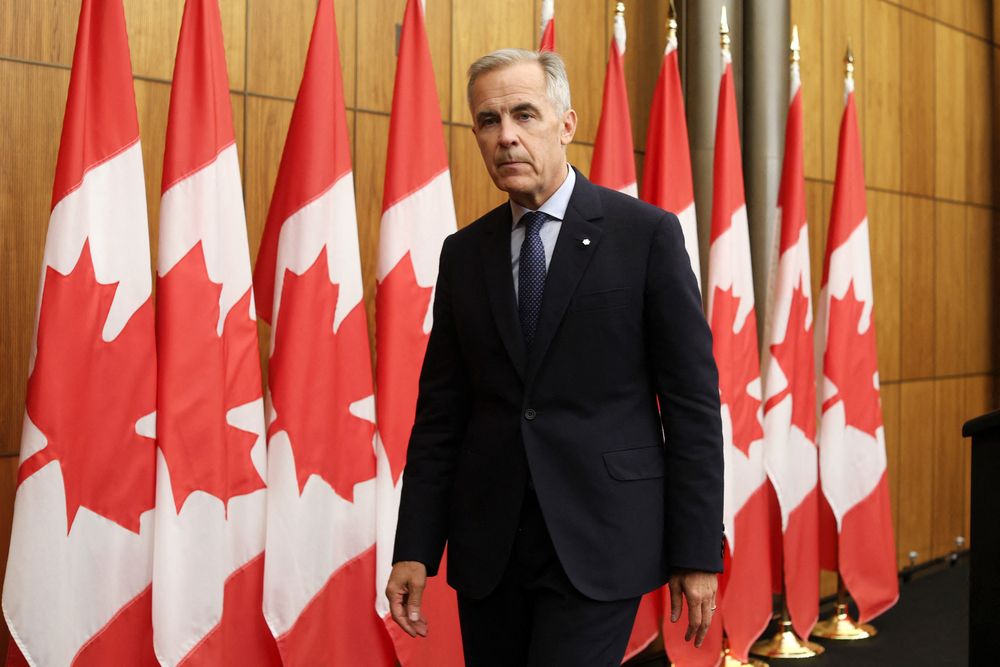
It’s best not to be ruled by mobs. Not in our thinking, and particularly not in our actions.
Not by the mob that has spent the past week denouncing Christian rock singer Sean Feucht, and not by the mob currently insisting that the exoneration, in a sexual assault trial, of five former members of Canada’s 2018 world junior hockey team was wrong, both legally and morally.
Sometimes, a mob is right. Other times not. Whatever the case may be, that part is irrelevant — because there are principles that we have agreed to adhere to in our country which hold supremacy over mob rule. Namely, the rule of law and of the Canadian Constitution.
In both the Feucht and Hockey Canada examples, the mob happens to have gotten things dead wrong. If they were ignored, there wouldn’t be an issue to discuss here. But they were not ignored: politicians, in Feucht’s case,
and cancelled many of his shows, placing one of our most fundamental freedoms — freedom of speech, or expression — at risk. It sets a terrible precedent.
Numerous Canadian politicians demonstrated their
this week, by contradicting themselves on their understanding of, and support for, free speech. Some variation of “I support free speech, but we must stop this musician from singing — he could offend somebody!” has been
several clueless municipal and federal elected officials: Montreal mayor Valérie Plante, and Liberal MPs Shannon Miedema and Sean Casey, to name a few.
Similar displays were made by legal non-profit organizations and activists, who
Ontario Superior Court Justice Maria Carroccia’s
and misled the public about a decision that was based in fact.
The Globe and Mail, covering the activist reaction to the hockey players’ trial, included the word “heartbreaking” in its headline. The story’s feature photo shows a woman writing “BELIEVE” in chalk in front of the courthouse where the verdict was read, telling any onlooker to “believe all women.” The entire piece reads like a condemnation of Carroccia’s decision.
Carroccia described, in her ruling, “concerns regarding the credibility and reliability of the evidence of the complainant,” E.M.
“Whether or not the complainant made statements indicating that she wanted to engage in sexual activity is relevant to a determination of the issue of consent,”
Carroccia. “On the basis of all of the evidence, I find as a fact that the complainant did express that she wanted to engage in sexual activity with the men by saying things like ‘is someone going to f–k me?’ and masturbating.”
This case does not make a strong hill for the “believe all women” mob to die on. But then again, mobs seldom make sense. They tend to be driven by emotion, not logic.
A mob is, at least superficially, motivated by the desire to rectify injustices, stop wrongdoing or protect the vulnerable and innocent. But the examples provided to us by history reveal how angry mobs rarely get things right, and often fail to accomplish justice. They also, naturally, form within a specific cultural context.
An illustration: the
. Between 1692 and 1693 in Massachusetts, more than 200 mostly female victims were accused by the mob of being witches. Twenty were put to death. Public officials performed the bidding of persons blinded by misogynist, religiously motivated fears. Due process was non-existent, and literal braying mobs influenced judges’ verdicts.
Today’s dominant (but admittedly receding) cultural orthodoxy is one of reactionary rage against all things white, western, colonial, conservative, traditional, religious and male.
One look at Feucht, and the exonerated Team Canada players, and it becomes clear that at the centre of both of these very public controversies are persons who can be perfectly vilified within our cultural milieu. And they all have been.
Whatever our collective anger is over — Trump’s tariffs, a recession or violence against women — Feucht et al. comprise the perfect target for the mob’s rage.
Politicians, journalists and judges all have a duty to examine the claims of a mob before falling for its proclaimed narrative — and, more critically, before bending to the will of any irate, pitchfork-wielding folks.
One of Feucht’s songs
: “There is a name; Who reigns without contention; Whose power can’t be questioned or contained; With humble fame; He rules the earth and heavens; His glory knows no measure or refrain; And it’s bursting past the border lines of space.”
It’s self-evidently a song about Feucht’s thoughts on Jesus — but don’t you also think it could apply to a mob, if unwisely granted power by the people?
Let the mob speak. Listen, too — but never rule by it. Because the mob also knows no measure or refrain.
National Post














